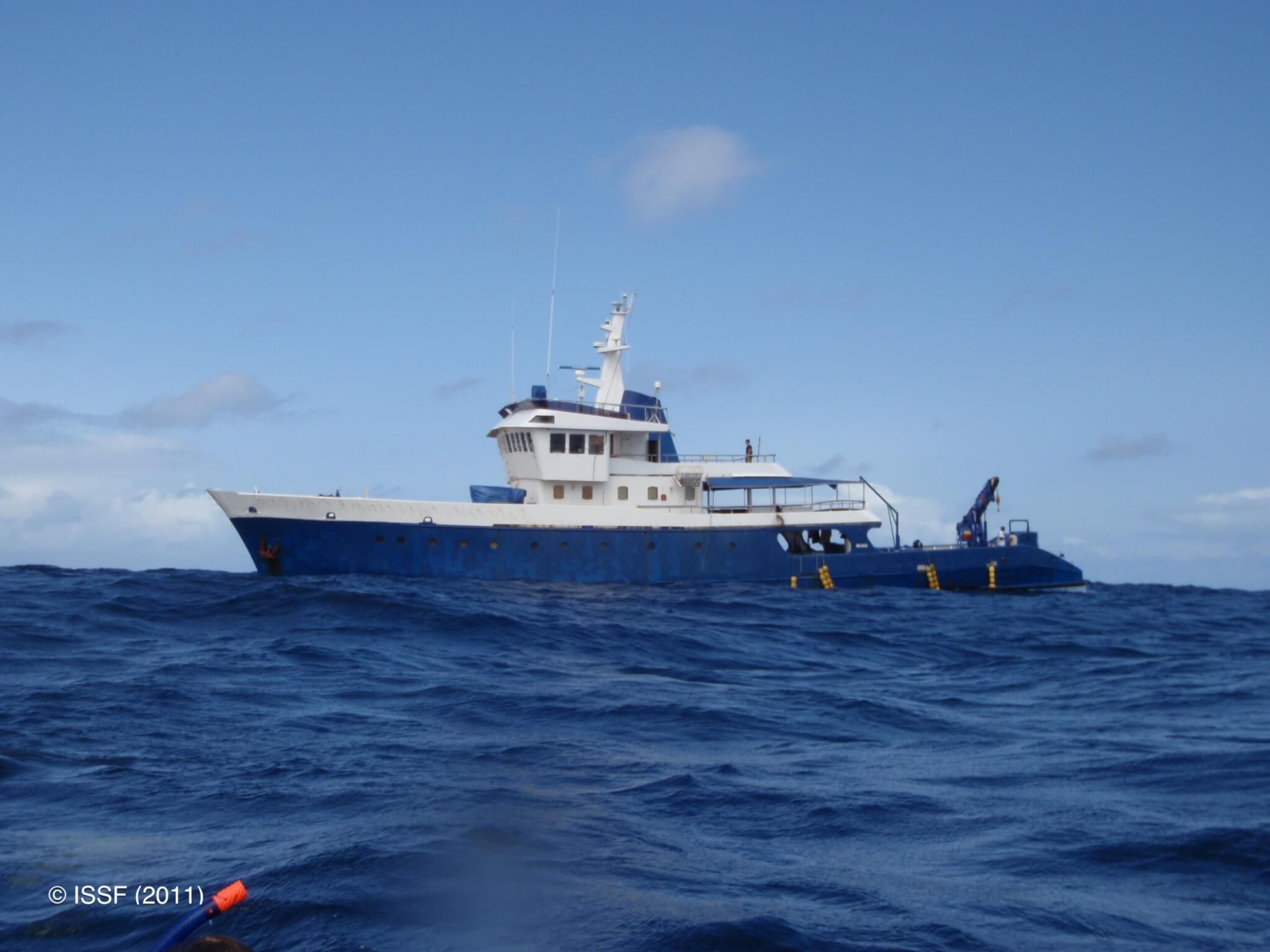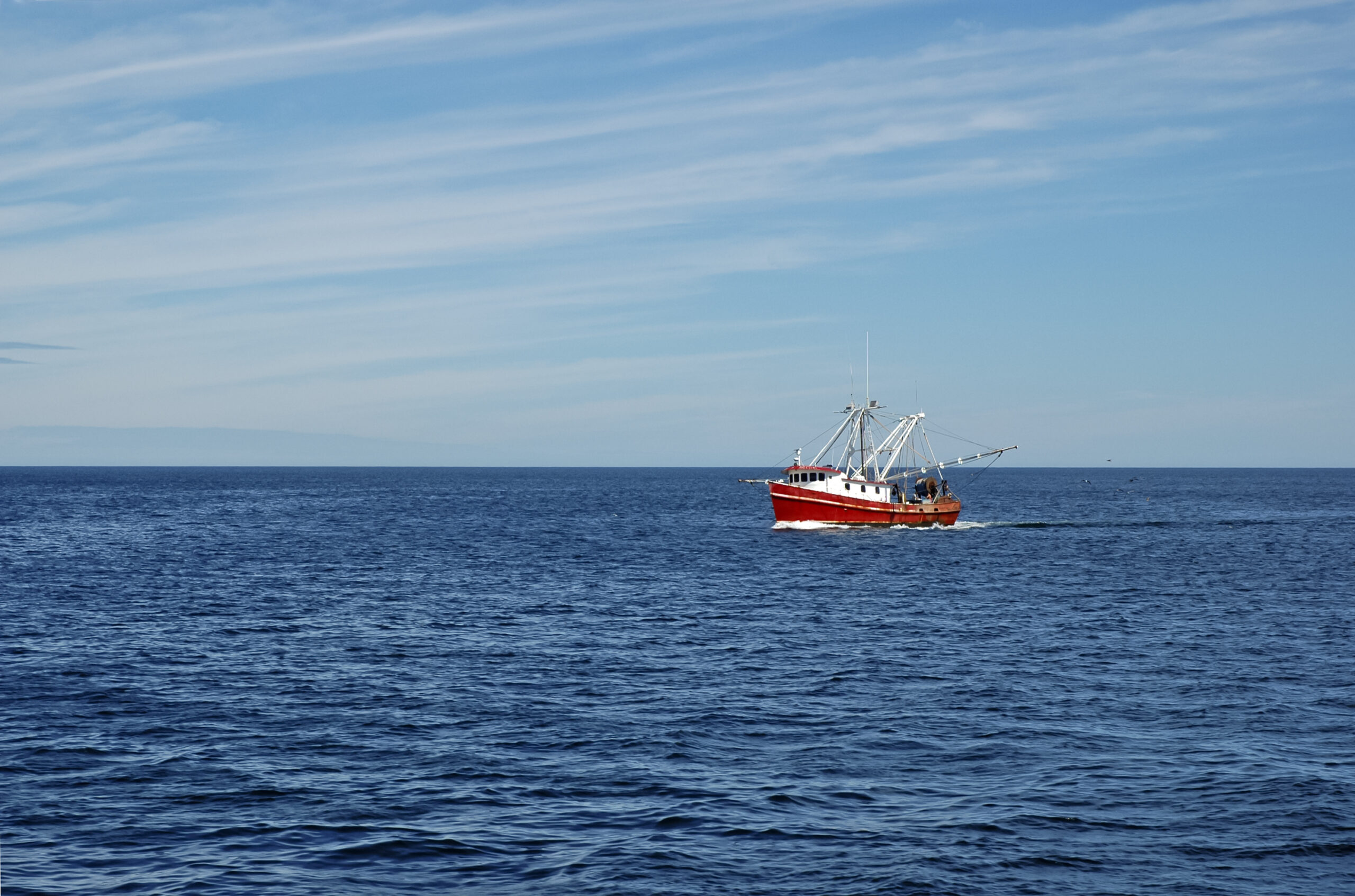99.75% Conformance Rate: Annual Conservation Measures & Commitments Compliance Report
Featured News
ISSF Report Shows 99.75% Conformance by Participating Companies with ISSF Conservation Measures
23 of 25 Seafood Companies Fully Compliant with All 33 Sustainable Fishing Measures Audited
ISSF has released its Annual Conservation Measures & Commitments Compliance Report, which shows a conformance rate of 99.75 percent in 2022 by 25 ISSF participating companies with all 33 ISSF conservation measures in effect.
The report highlights the progress made toward ensuring the sustainability of global tuna fisheries by industry participants, revealing that 23 of 25 companies were in full conformance with all ISSF conservation measures. Two companies had one minor non-conformance each on the same conservation measure, CM 2.3 Product Labeling by Species and Area of Capture.
“In an era when sustainability pledges in the private sector are becoming increasingly commonplace, ISSF participating companies continue to stand out in their commitment to a rigorous, transparent audit and compliance process,” said ISSF President Susan Jackson. “We cannot take for granted the value of this consistent, public reporting on the business practices of the world’s leading tuna companies — even as we mark the eighth year of the ISSF approach.”
Featured Graphic
Our “Change Over Time” line graph tracks the percentage of ISSF participating companies that are in conformance, minor non-conformance, or major non-conformance with ISSF conservation measures.
Featured Video
Building on Our Successes – Transparent Accountability
On the release of the new ISSF Strategic Plan, Continuously Improving Global Tuna Fishery Sustainability, ISSF President Susan Jackson discusses how ISSF is making transparent accountability in the global tuna industry possible.
Featured Report
ISSF Workshop on Different Approaches to Limit the Number of FADs in the Oceans
The use of fish aggregating devices (FADs) has several known impacts on target tuna stocks, non-target species, and the broader ecosystem. Limiting the number of FADs in each Ocean region, together with other measures such as biodegradable FADs, can be a tool to address several of these impacts.
ISSF recently convened a workshop with a small group of experts to consider different principles of economic theory which could be used to make FAD limits more effective. A workshop report highlights recommendations on actions that can be taken to incentivize fewer FAD deployments and higher rates of FAD recovery.



